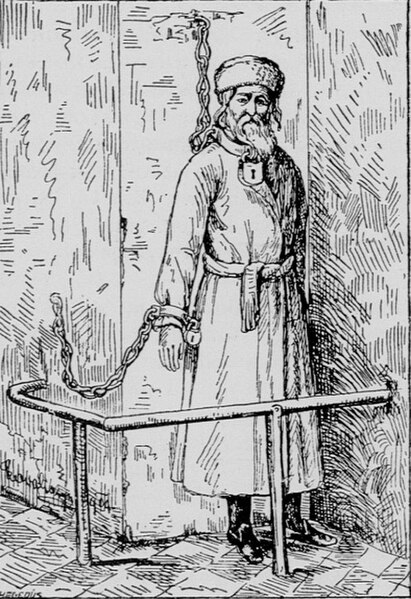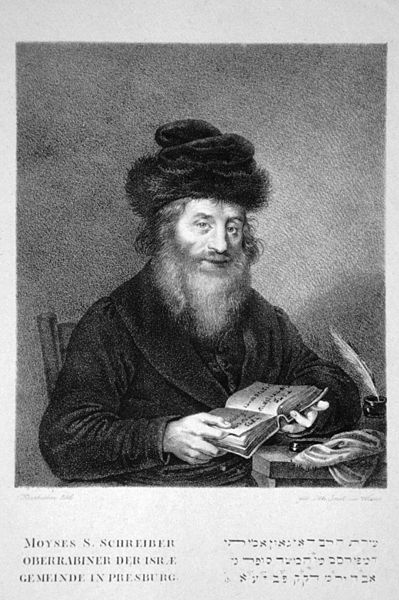Torah im Derech Eretz is a phrase common in Rabbinic literature referring to various aspects of one's interaction with the wider world. It also refers to a philosophy of Orthodox Judaism articulated by Rabbi Samson Raphael Hirsch (1808–1888), which formalizes a relationship between traditionally observant Judaism and the modern world. Some refer to the resultant mode of Orthodox Judaism as Neo-Orthodoxy or, in some historiographies, as Frankfurter Orthodoxy.
A blacksmith at work. Illustration by Ephraim Moses Lilien (1874–1925).
"Whilst time is unveiling, Science is exploring Nature". 18th century engraving by William Skelton (1763–1848), symbolizing knowledge of the natural world.
Understanding, mural by Robert Lewis Reid (1862–1929) in Library of Congress Thomas Jefferson Building, Washington, D.C.
Samson Raphael Hirsch.
Orthodox Judaism is the collective term for the traditionalist branches of contemporary Judaism. Theologically, it is chiefly defined by regarding the Torah, both Written and Oral, as revealed by God to Moses on Mount Sinai and faithfully transmitted ever since.
A Jewish man pilloried in the synagogue, a common punishment in the pre-emancipation Jewish community in Europe.
Moses Sofer of Pressburg, considered the father of Orthodoxy in general and ultra-Orthodoxy in particular.
Isaac Bernays in clerical vestments. The ministerial style of dress seen here was ubiquitous among German and Western European (neo)-Orthodox Jews.
Young Samson Raphael Hirsch, the ideologue of Orthodox secession in Germany.








